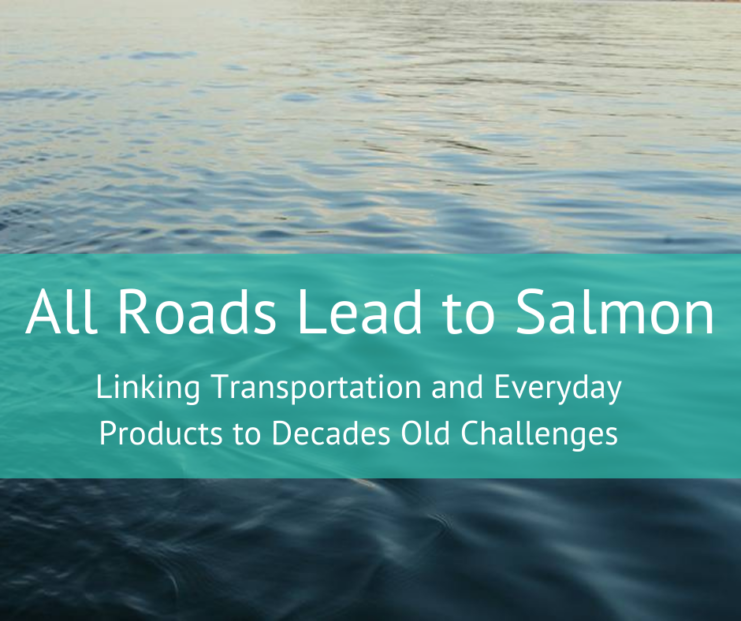Researchers at Washington State University and University of Washington Tacoma have discovered the primary chemical responsible for coho salmon dying in urban streams before spawning. The findings were published in Science magazine in early December in a paper titled A ubiquitous tire rubber–derived chemical induces acute mortality in coho salmon.
Scientists from the National Oceanic and Atmospheric Administration (NOAA), U.S. Fish and Wildlife and Washington State University/Washington Stormwater Center, collectively called the Puget Sound Stormwater Science Team, have been studying the effects of stormwater runoff on Pacific salmon species for almost two decades. They first identified the coho die-offs as linked to stormwater runoff, later to roadways, and finally to tires, before partnering with the University of Washington and others to suss out the chemical culprit. Additional road runoff data from 2018 can be found here.

Many dedicated partners, from EPA, NOAA, US Fish & Wildlife, to WSU, The Washington Stormwater Center and University of Washington-Tacoma, to the Puyallup and Suquamish Tribes, Ecology, King, and Kitsap Counties, and numerous funders, have supported this important research for decades and we owe them a debt of gratitude.
The research indicated that a chemical used to prevent tires from breaking down too quickly, known as 6PPD, interacts with the environment, and forms a transformation product known6PPD-quinone. In many cases, parent chemical compounds are not bioavailable but their transformation products are, thereby causing biological harm. Think Gremlins.
When this transformation product is carried into spawning streams via stormwater runoff, it is killing 40% to 90% of spawning coho within hours, and therein lay our collective challenge.
This is an opportunity for creative co-creation with the tire industry and raises a much larger conversation about transportation’s role in water pollution as well as its promise for restoration.
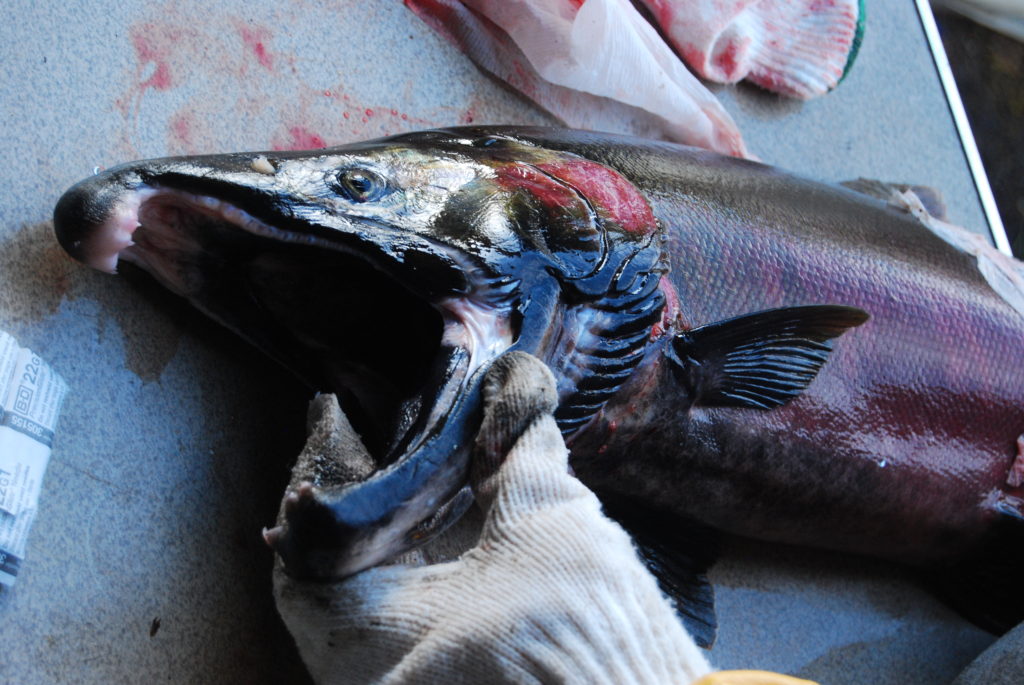
Please read a sampling below of the articles explaining this groundbreaking research.
https://www.sciencedaily.com/releases/2020/12/201203144228.htm
https://www.nytimes.com/2020/12/03/climate/salmon-kill-washington.html
Check out a beautiful Story Map on Pre Spawn Mortality
Corollary Stormwater Funding from the Team
The Stormwater Strategic Initiative Lead team, in conjunction with its advisory team, funded a complementary portfolio of projects related to the fate of salmon in a robust series of research and corresponding outreach projects. A description of these projects follows below.
From a program perspective, the Department of Ecology is pursuing a Clean Cars Research Project which is a successor to the Puget Sound Clean Cars Stormwater Partnership, the latter of which had focused on the current state of knowledge concerning vehicle fluid leaks, chemicals common to vehicle fluids and roadway runoff.

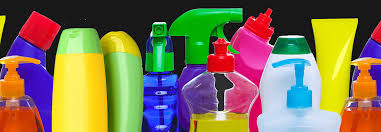
“Chemicals of concern” are those chemicals found in sufficiently high concentrations and potentially pose hazards for both human and non-human organisms alike.
Ecology will partner with researchers at the University of Washington -Center for Urban Waters and Washington State University’s Stormwater Center to continue furthering research into stormwater contaminants and their relation to urban runoff mortality syndrome and other aquatic effects. Specifically, this research aims to determine what specific chemicals are responsible for urban runoff mortality syndrome, their source in automobiles, and other products that may contain these chemicals.

Once identification is confirmed, toxicological chemical hazard assessments on specific chemicals linked to urban runoff mortality syndrome will provide more insight into potential alternatives for use in products. Toxicological chemical hazard assessments will gather available information to score these chemicals based on a variety of endpoints including human health, ecotoxicity, persistence and bioaccumulation. The completed chemical hazard assessment will enable comparison of chemicals of concern to each other and to alternatives, ensuring that regrettable substitutions are not used if these chemicals are switched out. The overall goal of this project is to determine if potential alternatives exist that do not cause aquatic harm, such as urban runoff mortality syndrome.
King County is researching chemicals of emerging concern (CECs) in salmon spawning habitat in parts of the County, WRIAs 8 and 9, areas where there is ongoing salmon habitat plan updates and riparian revegetation projects (Cedar-Lake Washington and Duwamish-Green). CECs have also been making news headlines as we find out that these unregulated chemicals are ubiquitous and used in everyday products like personal care products, pharmaceuticals and cleaning products. Washington State has a great pharmaceutical take-back program which is one way anyone can help: https://www.hca.wa.gov/disposing-safely-unwanted-medication
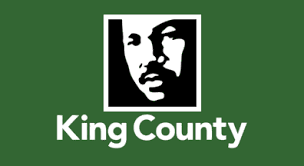
Project focus will be on those chemicals implicated in coho death and pollution prevention approaches. This is a painless strategy for consumers to take a little pivot by purchasing differently. For decades there have been scores of third- party certification programs such as Green Seal and EPA’s Safer Products where all the work has already been done on product selection- they work just as well as the nasties. Please check out these resources to be a solution seeker: https://ecology.wa.gov/Regulations-Permits/Guidance-technical-assistance/Sustainable-purchasing/Green-products
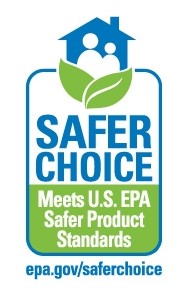
Researchers from King County will also be evaluating CECs in fish tissue in those fish recreationally fished or consumed (English Sole, rockfish, and bass). The County currently runs a freshwater (streams and rivers) monitoring program but does not focus on CECs. This research will focus on phenols, pharmaceuticals, personal care products and triclosan. Triclosan is an anti-bacterial often used in personal care products. In humans, it has been traced to antibiotic resistance in humans so best to not buy products with this ingredient. Triclosan is an endocrine-disrupting chemical that has the potential to bioaccumulate in fatty tissues.

The University of Washington – Center for Urban Waters is also contributing to the CECs work funded by the Stormwater Strategic Initiative, by looking at CECs in Puget Sound Biota. This research focuses on three main goals: 1) Optimize sample processing methods of biological tissues for chemical recovery and identification. This optimization will determine best extraction and processing method to accurately identify and quantify CECs in tissue; 2) Identify source-specific chemical tracers in water and tissues. That is, identify where specifically these chemicals in biological tissues are originating (wastewater effluent, stormwater runoff, tire leachate, etc.) to determine where source control measures may be needed; and 3) Measure and evaluate the relationship between chemical uptake and metabolic response in organisms. This will help to paint a picture of how these chemicals present in biological tissue are affecting the organism.
These three CEC funded projects will continue to help the Puget Sound recovery community understand the presence of CECs, their effect on biological and ecosystem function, and their presence in fish that humans commonly consume.
The Washington Stormwater Center will commence its research on neonicotinoids, the most commonly used pesticide, to evaluate its effects on aquatic organisms. There have been widespread reports on the effects of this pesticide class on other creatures so this formative research will help to pinpoint effects. Focus will be on the potential effects of the three most commonly detected neonicotinoids in our surface waters locally, imidacloprid, thiamethoxam and clothianidin, on aquatic invertebrate communities. Invertebrate communities represent the base of the aquatic food chain (or “friends of fish”) and are critical for the health of the rest of the aquatic food chain, including yummy fish.
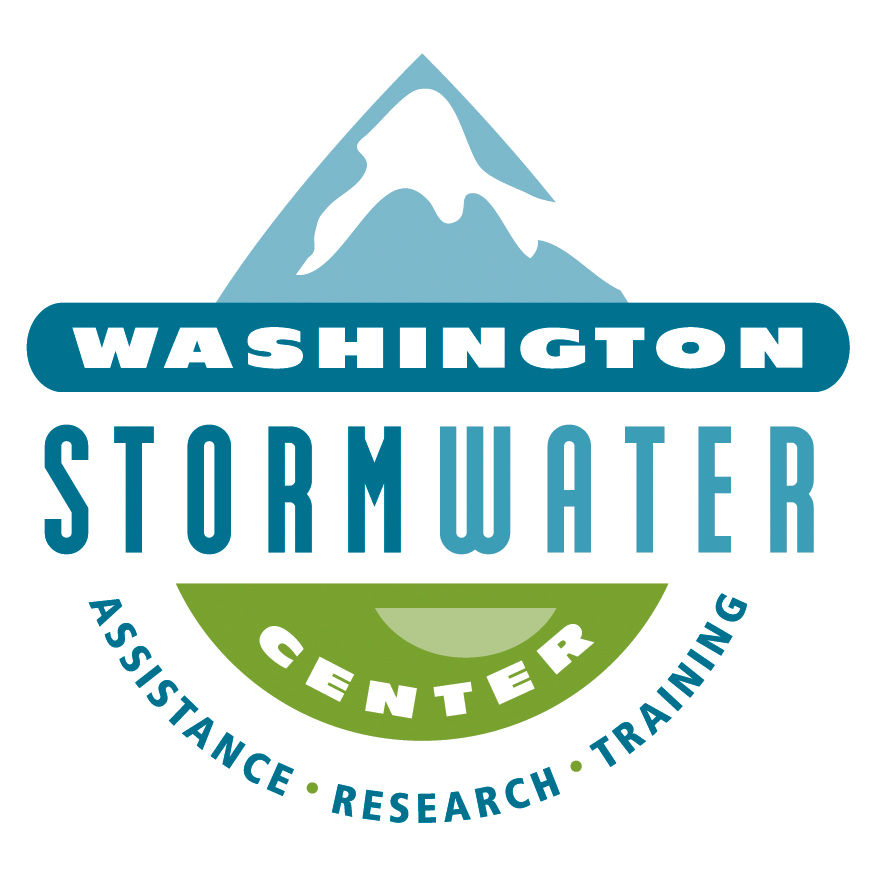
Research on stormwater impacts to coho in the Snohomish River Basin will involve King County fish spawning surveys near roads. The Snohomish River Basin is the second largest watershed in Puget Sound and produces 20%-50% of all coho in the region. Encompassing the Snohomish, Skykomish and Snoqualmie Rivers, the geography represents an important opportunity for King County to work with Conservation District partners in King and Snohomish Counties to connect residents and businesses with this iconic species.
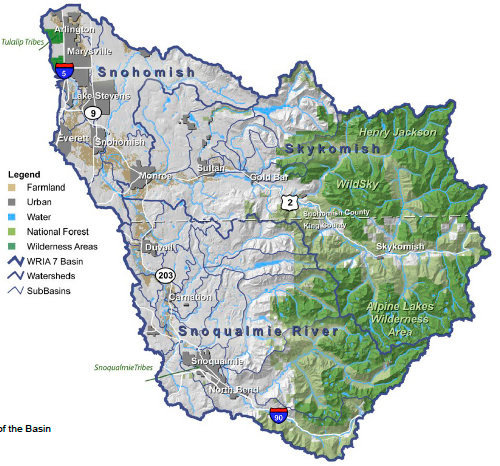
King County will work to identify where coho urban runoff mortality syndrome is occurring in the basin, and partner with local Conservation District teams to provide capacity building outreach and technical assistance for interested municipalities and businesses near identified impacted streams. This assistance may include site visits, mapping, developing conceptual designs for green stormwater infrastructure and provide examples of stormwater infrastructure that infiltrates road runoff. The overall goal is to raise awareness of local business and help them create solutions to mitigate the stormwater runoff impact on their property.
Linking Projects to Broader Policy Direction
These project investments are being paired with the Stormwater Team’s plans on developing a transportation strategy or including transportation strategy elements within its Toxics in Fish and BIBI strategies. Green stormwater infrastructure has proven to remove a high percentage of pollutants and we look forward to seeing more use bioretention and permeable pavements as mitigation strategies.
The Team is hosting an all day Toxics Workshop on Puget Sound science on Friday, February 5th. If you are interested in attending, please contact Heidi Siegelbaum at Heidi.Siegelbaum@wsu.edu.
FUNDING NOTICE
This work is supported by EPA’s National Estuary Program under award PC-10J 18101- thank you EPA!

